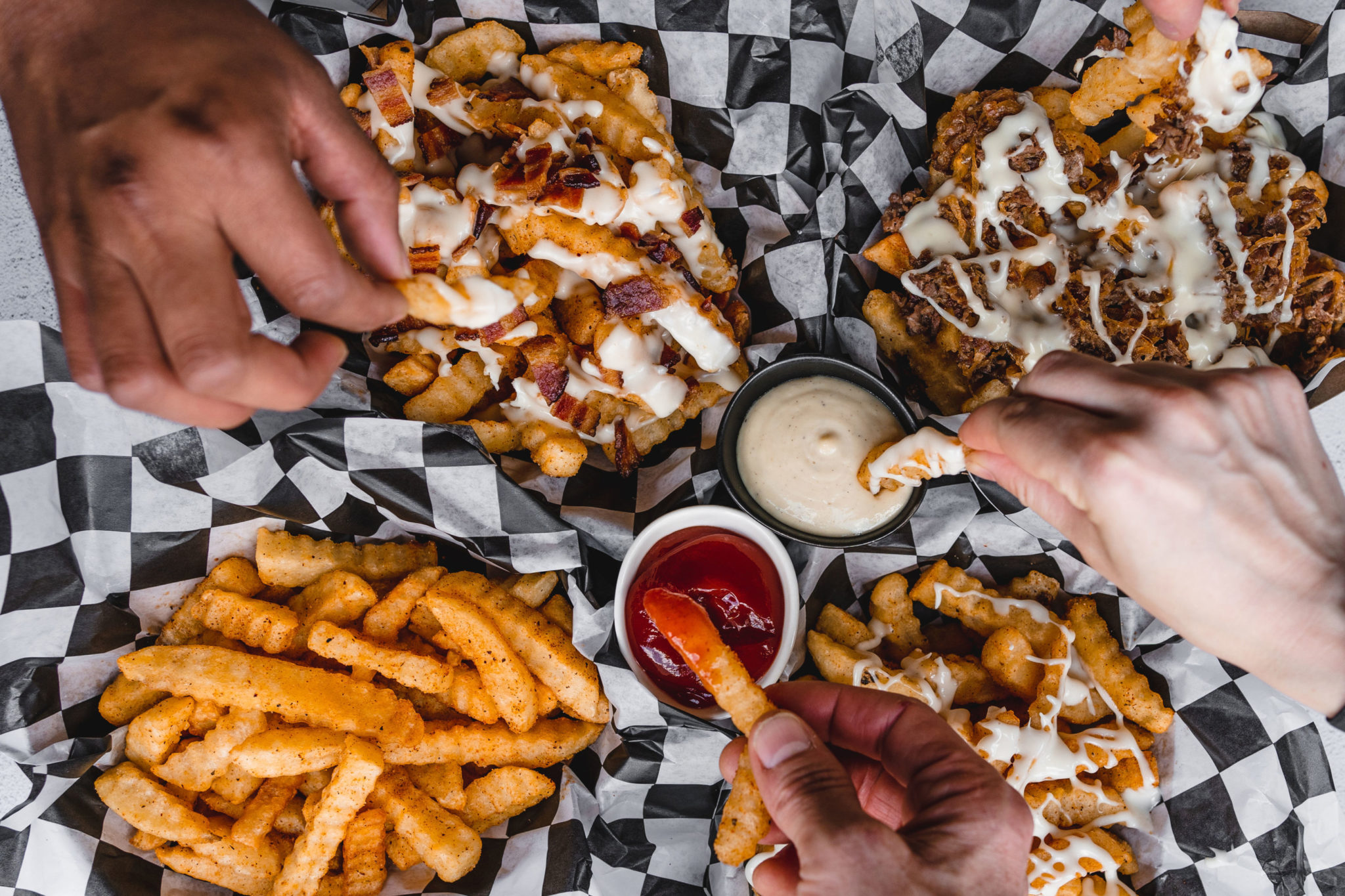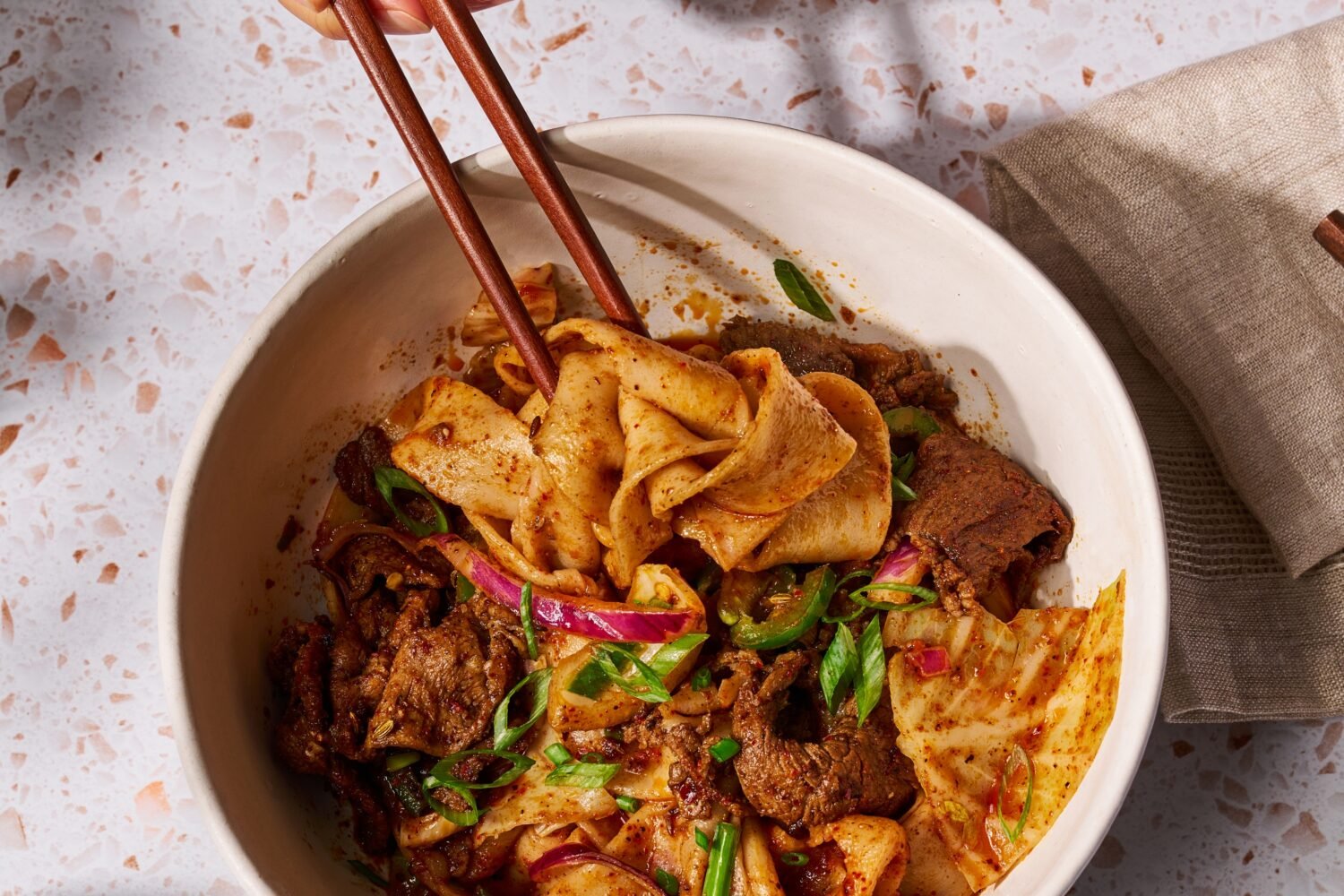How does it work?
Ghost kitchens are essentially restaurants without their own signage or dining areas. Often an eatery will run a separate operation out of its kitchen, serving an entirely different menu that’s solely to go. Then there are places like David Chang’s fried-chicken spot, Fuku, a delivery-only business making $10 sandwiches out of a portable trailer kitchen in a parking lot.
Why are they suddenly so popular?
In short: the pandemic. Restaurants are trying to maximize their takeout business, and adding a whole new restaurant concept—whether it’s cheaper than the usual menu or a different culinary style—is a smart way to at-tract additional customers.
Is it paying off?
Diners seem excited by the idea, especially as outdoor dining is becoming less practical during the colder months. Take Ghostburger, which is run out of Shaw’s Espita. The comfort-food operation made $25,000 during its launch week, allowing it to hire back five laid-off staff members. Having intended to sell 40 burgers and cheesesteaks a day, it’s now often cranking out 245.
Sounds fun. Which ones should I try?
Besides Fuku and Ghostburger, check out Satellite Sandwiches, which features subs from the Astro Doughnuts & Fried Chicken team; the virtual Glover Park food hall Ghostline, with offerings that include ramen and Detroit-style pizza; and, in Arlington, Zofia’s Kitchen, a pierogi shop with creative fillings such as everything bagel and crab Rangoon.












